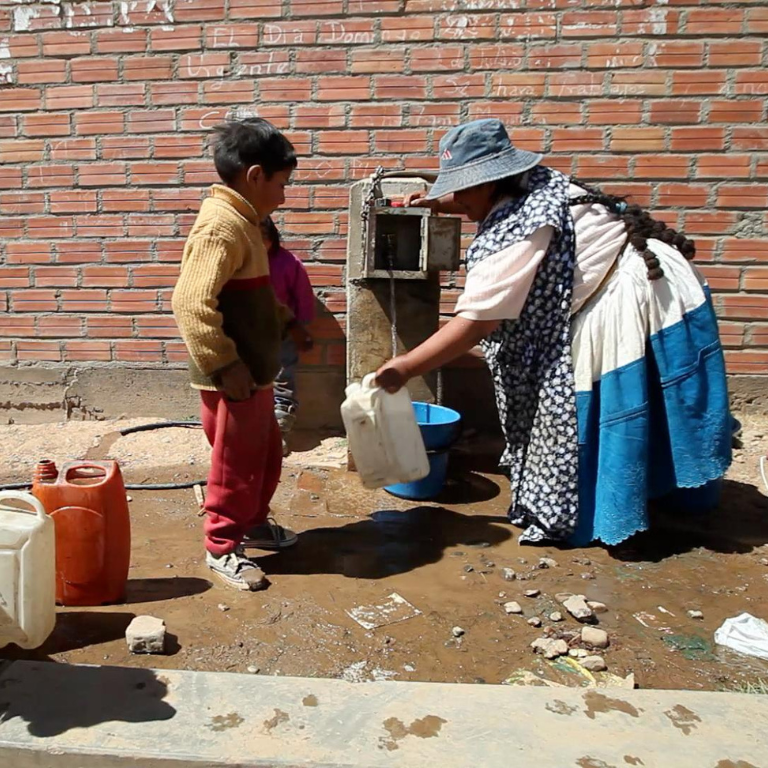Key findings
• This chapter outlines a three-pronged approach to address and adapt to the challenges posed by continental drying. First, prioritize effective water demand-side management by adopting water-efficient technologies, establishing water abstraction limits, and implementing public awareness campaigns to encourage behavior change. Second, augment water supply through measures such as water recycling and reuse, desalination, and water storage. Third, improve water allocation to ensure that scarce water resources are distributed fairly and efficiently in an increasingly drying world.
• Five cross-cutting levers are needed to create an enabling environment for the effective implementation of this approach. These levers are strengthening institutions, reforming tariffs and repurposing subsidies, adopting water accounting, leveraging data and technological innovations, and valuing water in trade. These levers are also critical for mobilizing private finances and expertise for sustainable water management.
• The framework presented in this chapter outlines actions in the water sector, with a particular emphasis on the agriculture sector, the largest water-consuming sector globally. However, as highlighted throughout this report, addressing trade barriers, investing in education and skills development, and improving access to markets and financial services are equally critical for strengthening job and livelihood resilience amid a continental drying crisis.








